Updated — Oct. 8, 9:03 a.m. ET
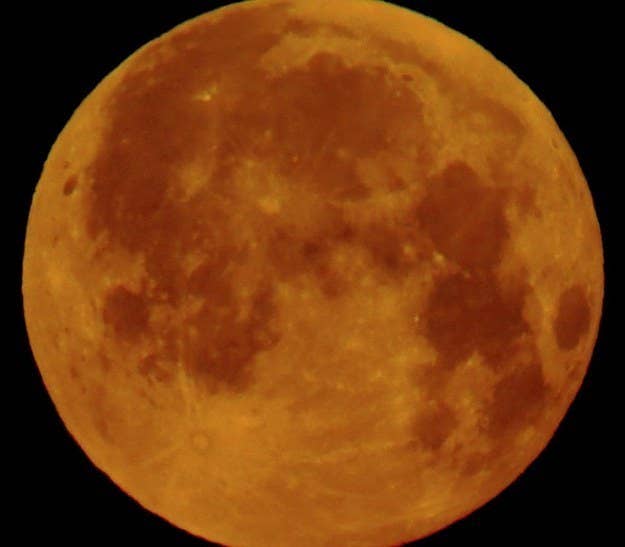
What is a "blood moon"?
Lunar eclipses happen when the moon, sun, and Earth are aligned in such a way that the Earth's shadow covers the moon. During a blood moon, the moon turns a red hue because of the way the sun is filtered through Earth's atmosphere, projecting a crimson color onto the moon's surface.

Why is tonight's event rare?
Tonight's event is the second of a rare set of four lunar eclipses that will happen over two years; the set of four eclipses is so rare, it's given a special name: a tetrad.
For 300 years, between 1600 and 1900, there were no tetrads. In more recent history tetrads have occurred a handful of times, and lucky for us another is set to happen in 20 years.
Where will the eclipse be visible from?
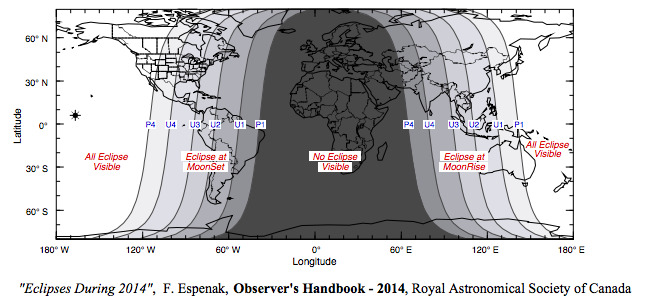
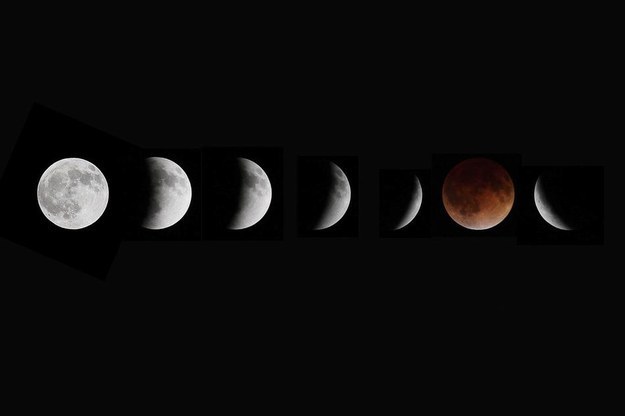
What time will the eclipse be visible?

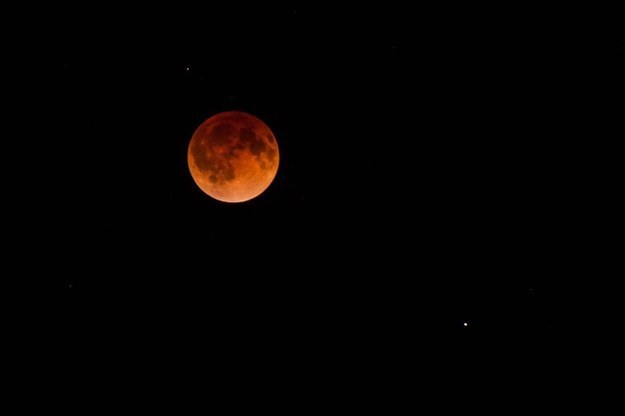
How red will the moon be?
It's impossible to predict exactly how red the moon will appear, and the moon's hue will probably change considerably as it travels through a range of umbral depths. However, it is known that the southern half of the Moon will appear darker, because it lies deeper in the umbra, while the northern half will look brighter.
The shade of the color also depends on the Earth's atmosphere at the time of the eclipse. Erupting volcanos put more ash into the atmosphere, for example, and can make the moon appear blood red.
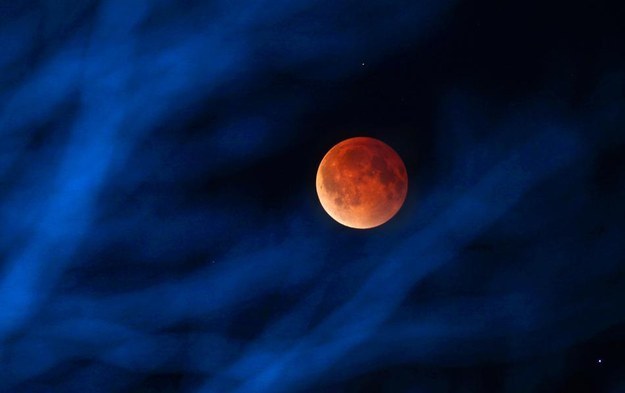
What else should I expect?
The Moon will appear 5.3% larger than it did during the last lunar eclipse on April 15, because of where it is in the sky.
Also, keep an eye out for Uranus, which will be very close to the moon. It will appear very small in the sky, like a bluish-green star, and will be located east of the moon.

What if it's cloudy or I'm in a place that can't see the eclipse?
Watch a live stream hosted by Slooh here.
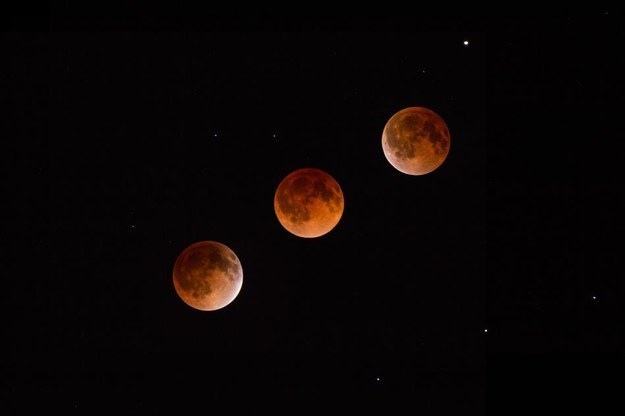
When will the next lunar eclipse occur?
Tonight's lunar eclipse is the second in a set of four happening in two years, one occurring about every six months. The next one will happen on April 4, 2015, while the first one was on April 15, 2014. The final eclipse that will complete the tetrad will occur on Sept. 28, 2015.
